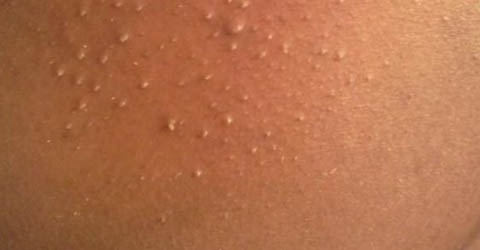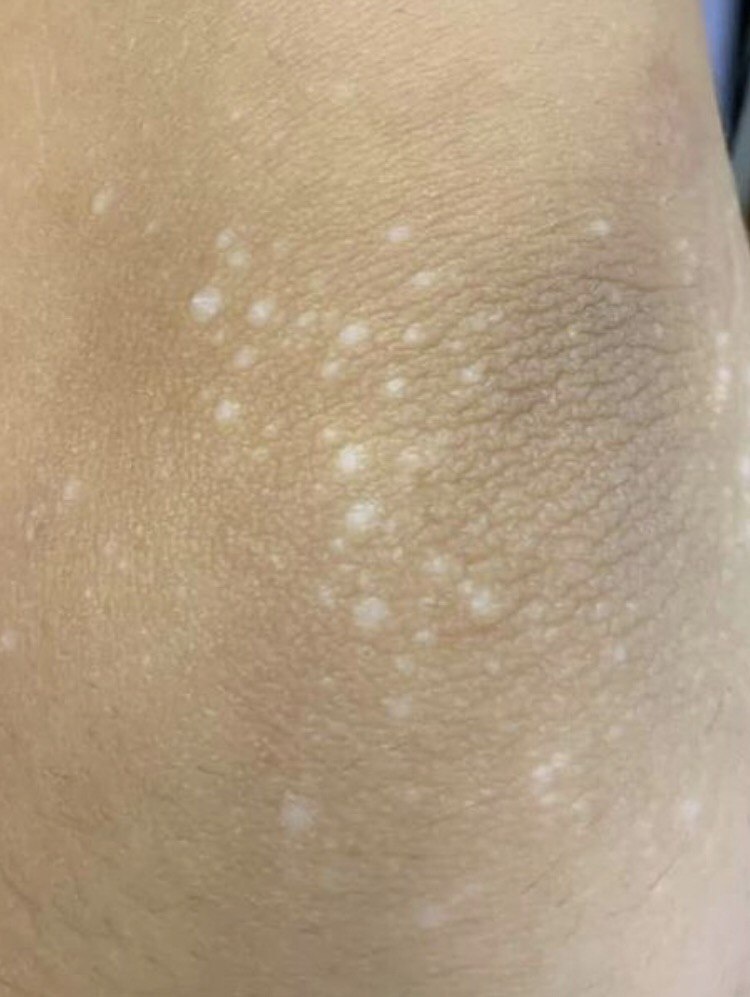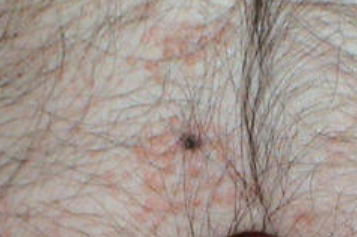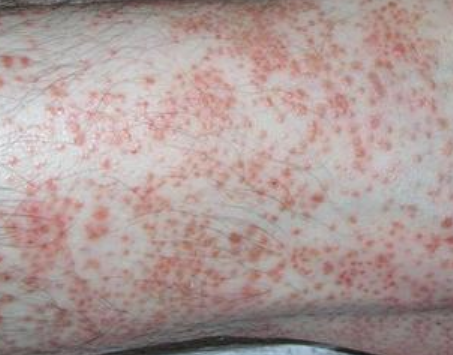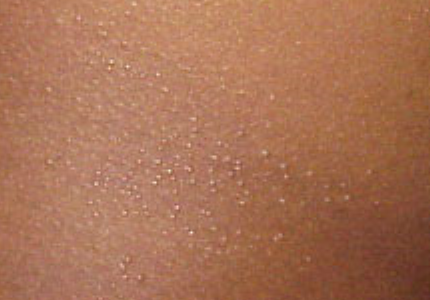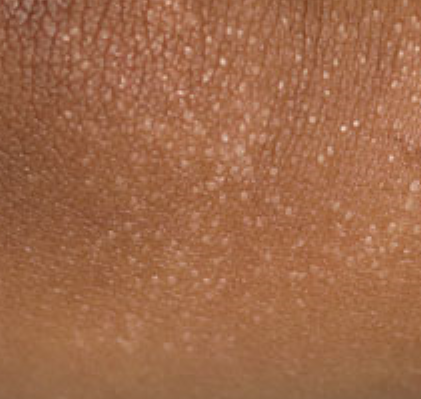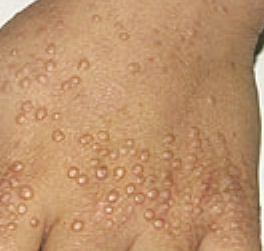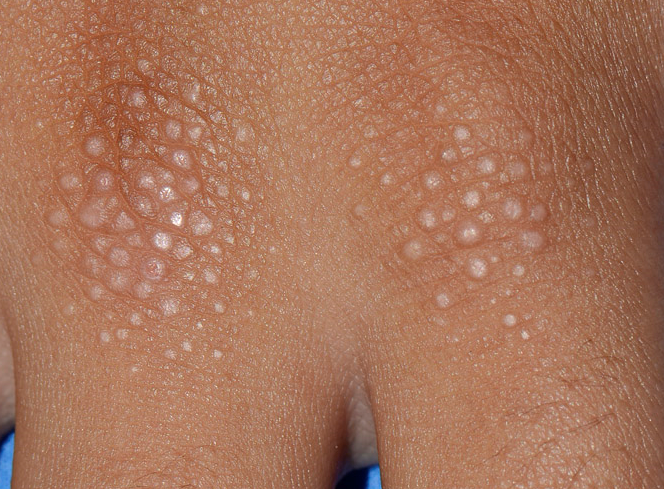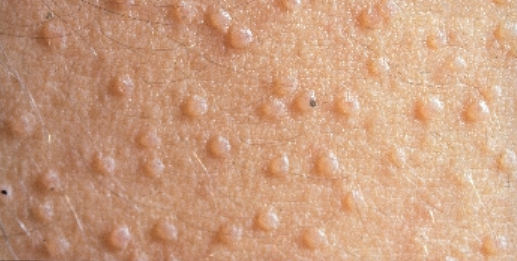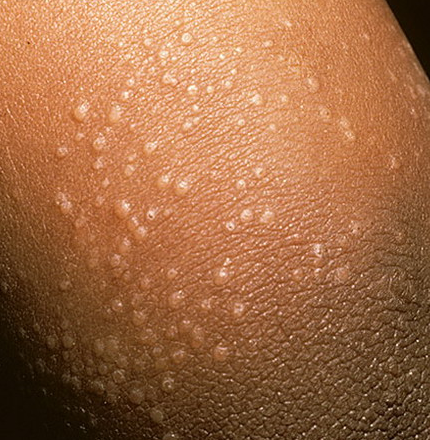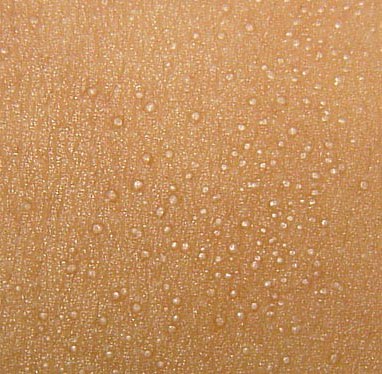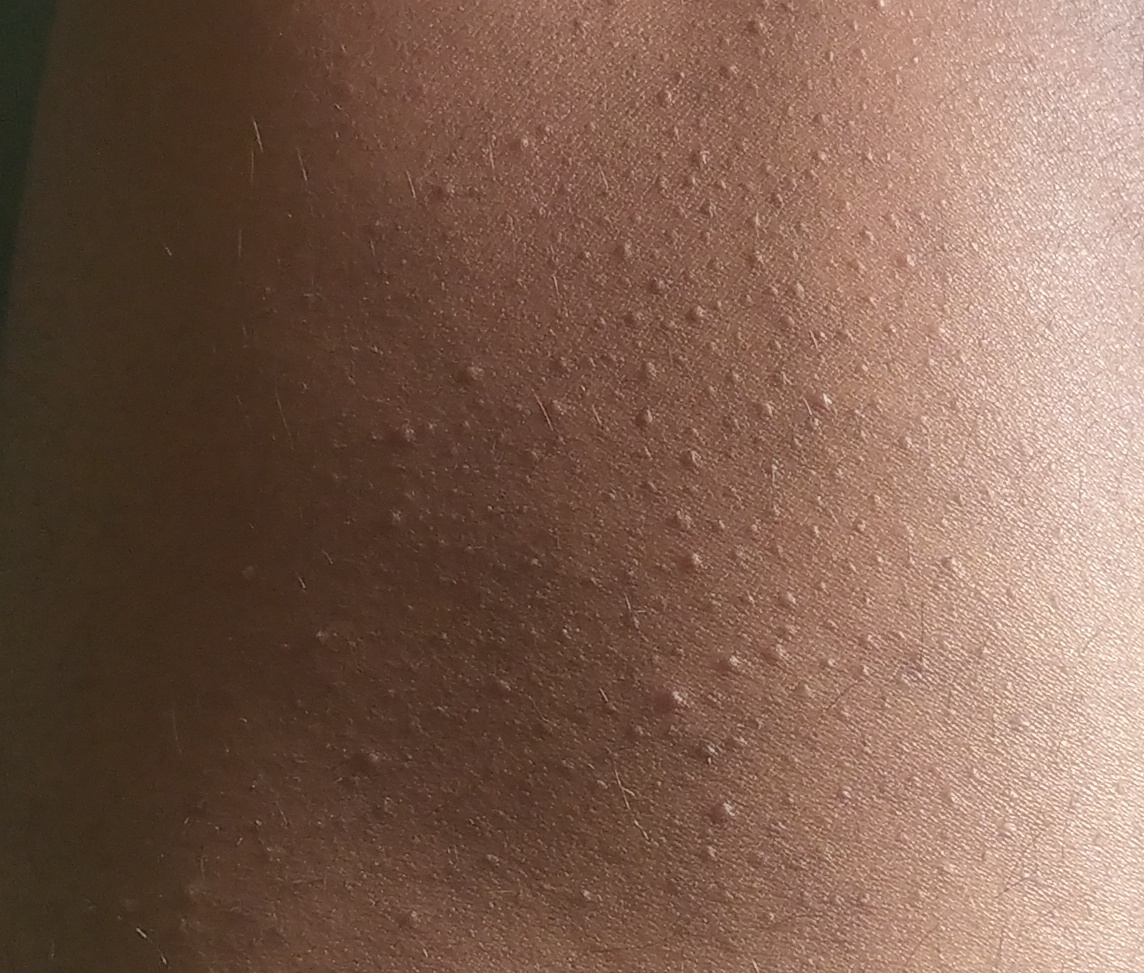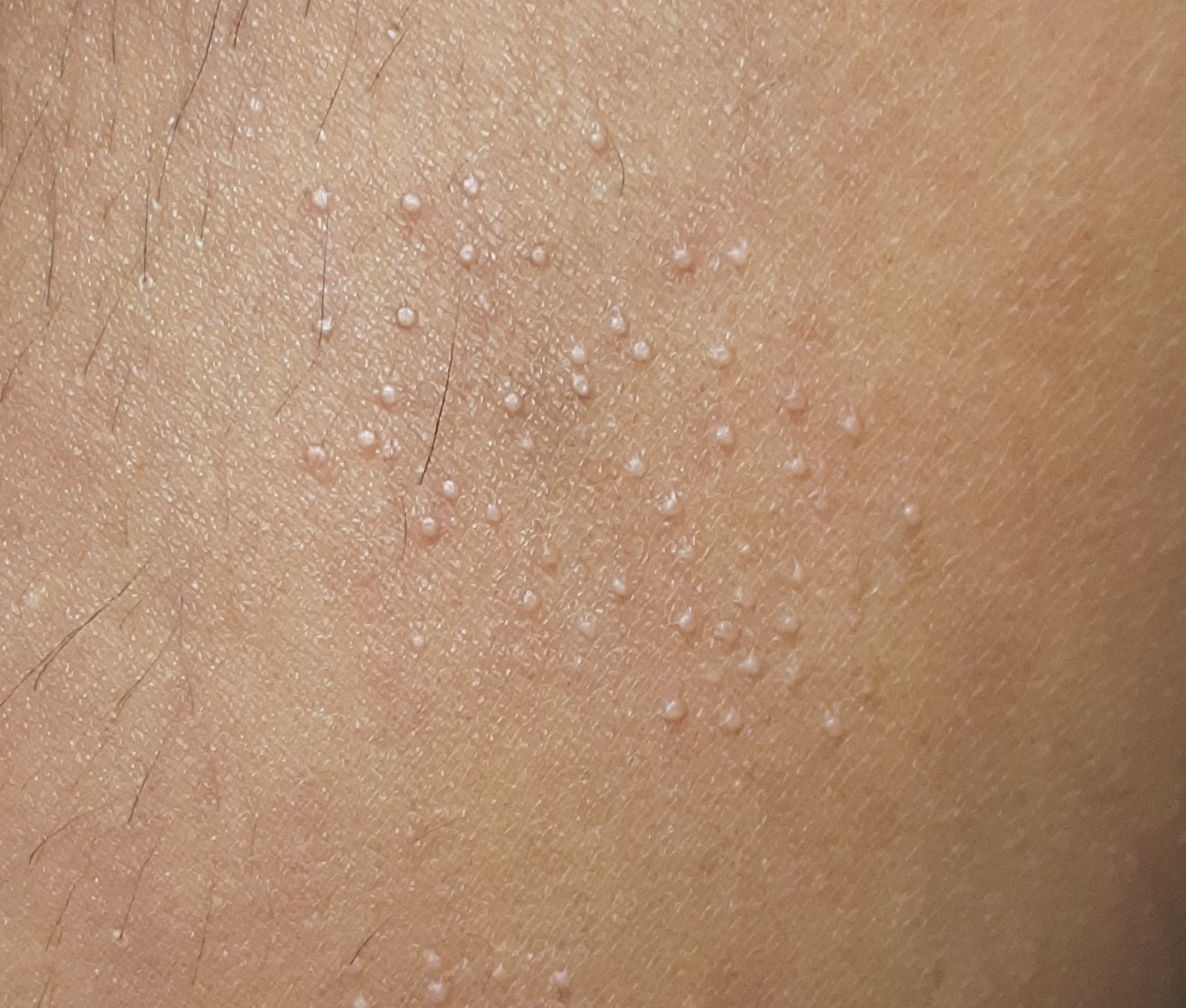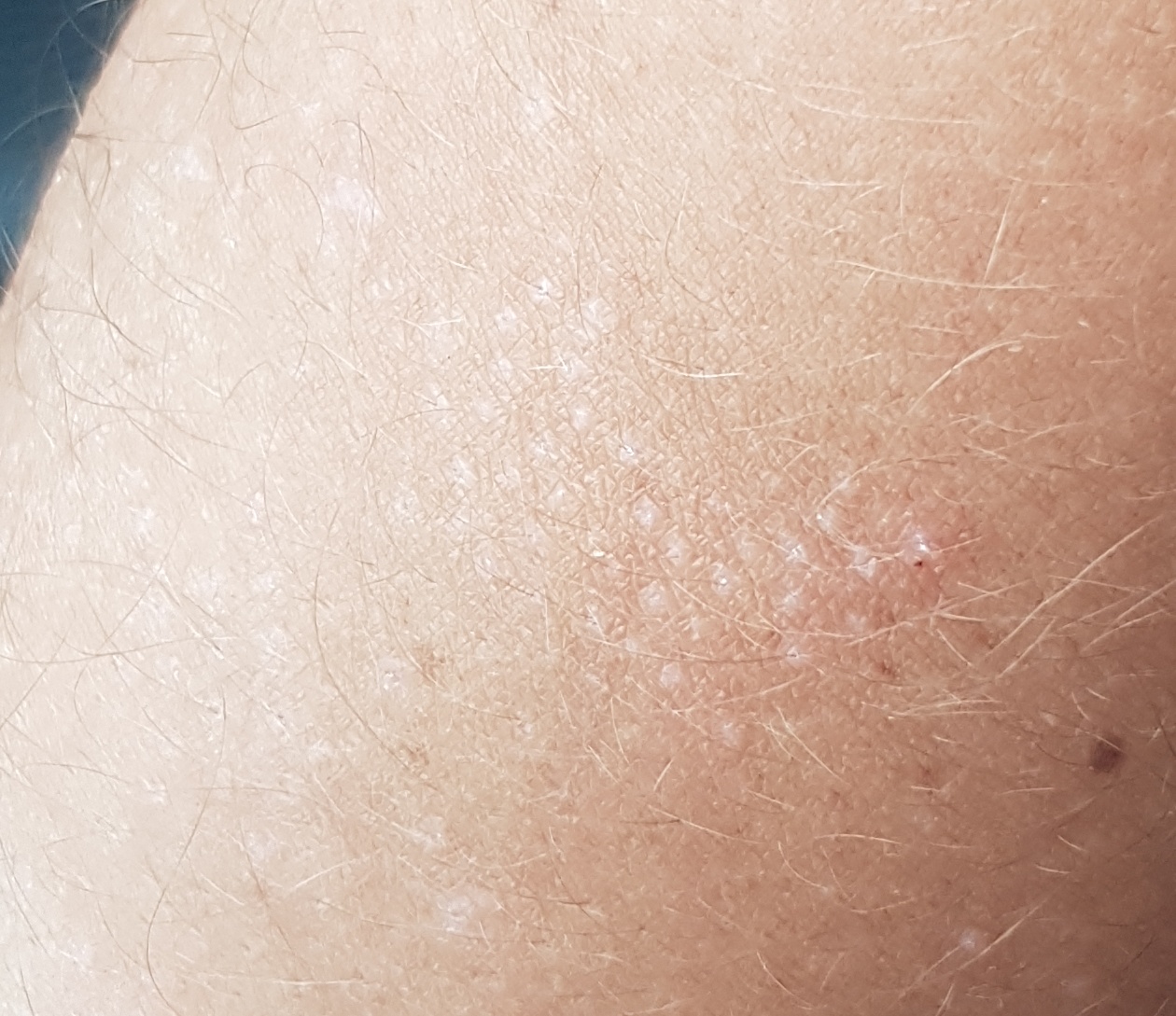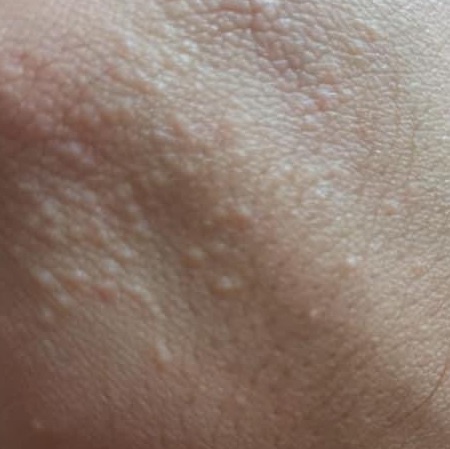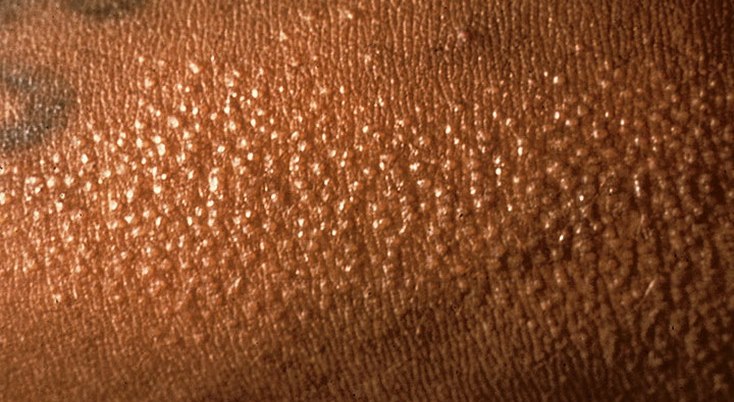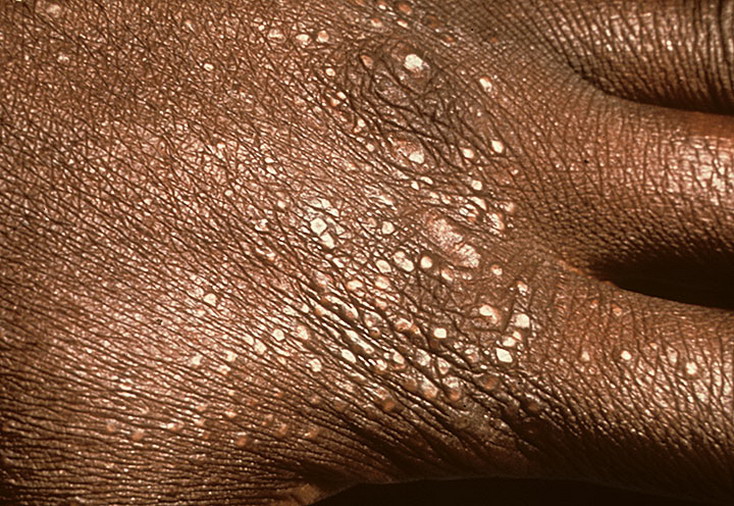Lichen nitidus is a fairly rare chronic skin disease of unknown origin and development mechanism, in which shiny granulomas appear on the surface of the skin – dense nodules of small sizes. Lichen nitidus rarely causes other symptoms and usually does not require treatment. Lichen nitidus is not contagious and rarely comes with any complications.
Lichen nitidus occurs in the age group over 10 years old equally often in both men and women. However, at the age of 3-10 years, it is mainly typical for boys.
Etiology
The reasons for the appearance of Lichen nitidus are unclear. Some experts believe that Lichen nitidus is an autoimmune disease, but the evidence base in this regard is insufficient.
Skin conditions such as vitiligo or psoriasis can also increase the likelihood of developing shingles.
Lichen nitidus is often considered as an infectious-allergic skin disease. This is due to the fact that Lichen nitidus is often detected in the presence of focal infection, as well as the positive effect of antibiotic therapy. The tendency to atopic dermatitis in patients with Lichen nitidus indicates a high likelihood of an allergic component in the etiology of Lichen nitidus.
The following are considered as possible triggers for the appearance of Lichen nitidus:
- Injury to the skin;
- Chronic stress;
- General hypothermia;
- The presence of severe concomitant pathology, especially those conditions that lead to suppression of the human immune system.
Symptoms of Lichen nitidus
Lichen nitidus is characterized by the appearance of small round nodules on the skin with a diameter of 1-3 millimeters. These nodules do not coalesce into one large patch, but may clump together to form more intense areas of the rash (areas of congestion). The top of the rash element (nodule) is flattened, the nodule itself is flesh-colored, but its surface is smooth, which gives the impression of shine.
Clusters of the rash usually appear on:
- Neck;
- Chest and abdominal wall;
- In the area of the upper and lower extremities;
- Penile area;
- In rare cases – on the palms and soles.
Lichen nitidus usually has no other symptoms. However, in some people, the rash may be itchy.
Diagnostics
To diagnose Lichen nitidus, visual examination and anamnesis of the disease are often sufficient. However, the diagnosis process can be difficult if the rash is atypical. If the diagnosis is unclear, additional tests may be done to exclude fungal skin lesions (potassium hydroxide (KOH test) or other conditions (dermatoscopy, culturing, biopsy).
Differential diagnosis
A rash with Lichen nitidus can be similar to the rash seen in other skin conditions: atypical manifestations of psoriasis, molluscum contagiosum, milia, comedones.
A similar rash may be a manifestation of intolerance to certain medications or exposure to other toxic substances on the body.
A rash on your knees, elbows, soles, or palms can be a sign of more serious medical conditions than Lichen nitidus.
Treatment of Lichen nitidus
Lichen nitidus usually does not require treatment. The rash usually goes away within a few months. Treatment may be recommended when symptoms appear that significantly impair quality of life. However, such situations are quite rare.
In this case, the following are assigned:
- Topical corticosteroids;
- Phototherapy;
- Calcineurin inhibitors;
- Retinoids.
Consultation of a specialist (dermatologist) is mandatory when the first signs of Lichen nitidus appear, with a progressive course of the disease, with the occurrence of other symptoms (redness of the skin, itching). This is necessary in order to promptly exclude other, more severe, but similar in the course of the disease, as well as to begin treatment if necessary.
Complications
Lichen nitidus rarely causes any complications. The only unpleasant moment can be a feeling of embarrassment and awkwardness in severe cases, when large areas of the skin are affected.
Sometimes visible changes in the skin, especially in children and adolescents, can cause various mental disorders, such as depression or anxiety disorder due to a cosmetic defect.
